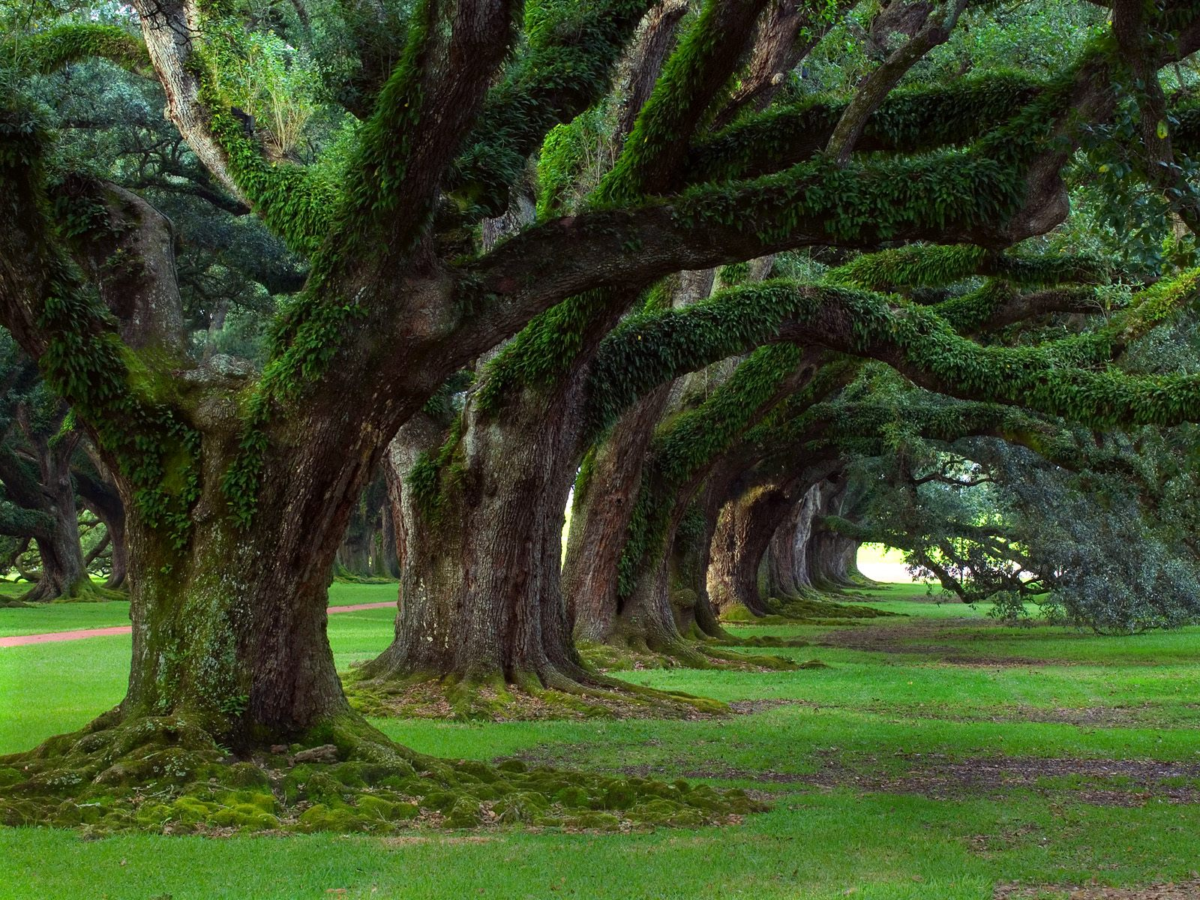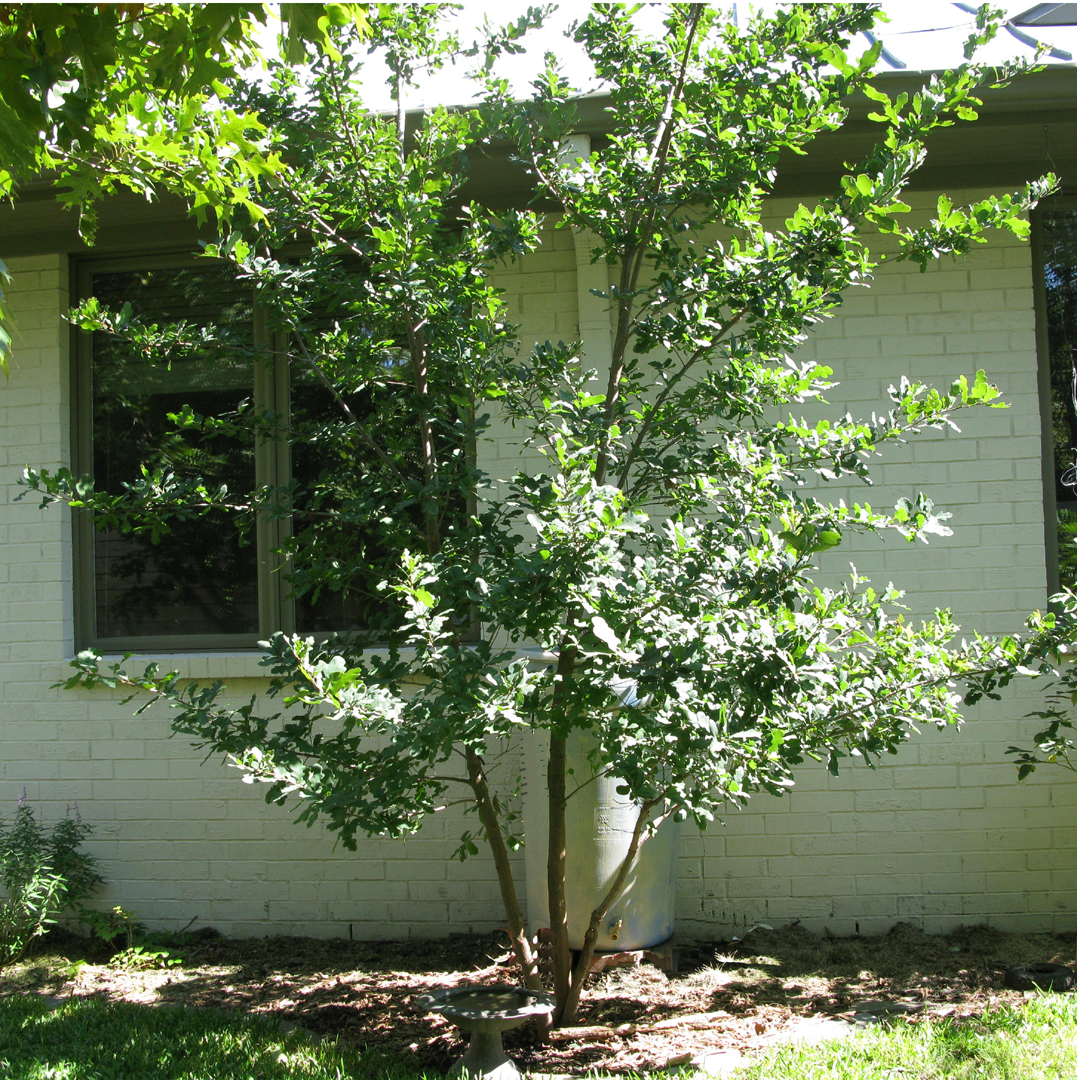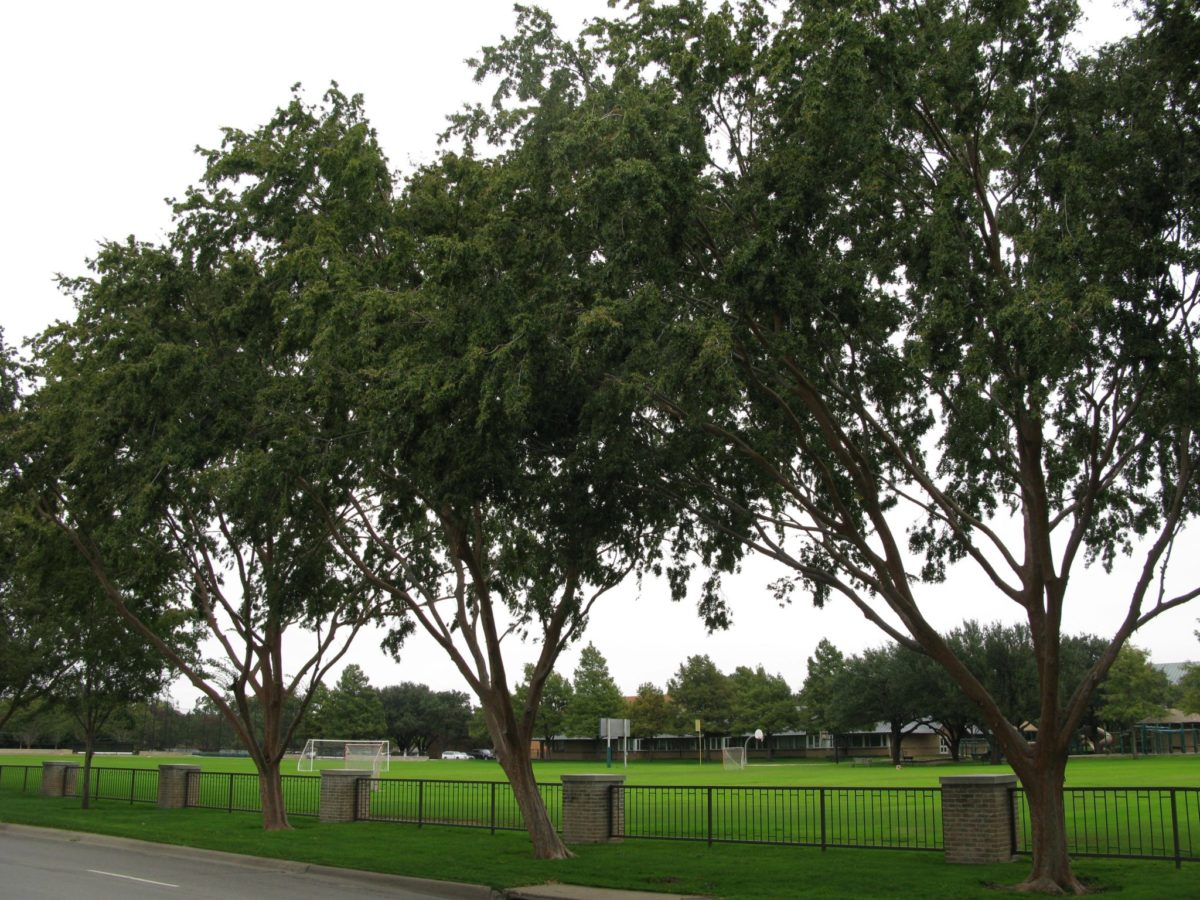Live Oak

Live Oak
(Quercus virginiana)
A staple of the Southern landscape, live oaks are one of the primary components of the city’s green canopy. Not exactly evergreen (they shed their leaves in January as they are putting out new ones), but close enough, the live oak lends a timeless, stately quality to any setting. Several cultivars (‘High Rise,’ ‘Cathedral’) have a narrower habit and fit better in our city lots.




